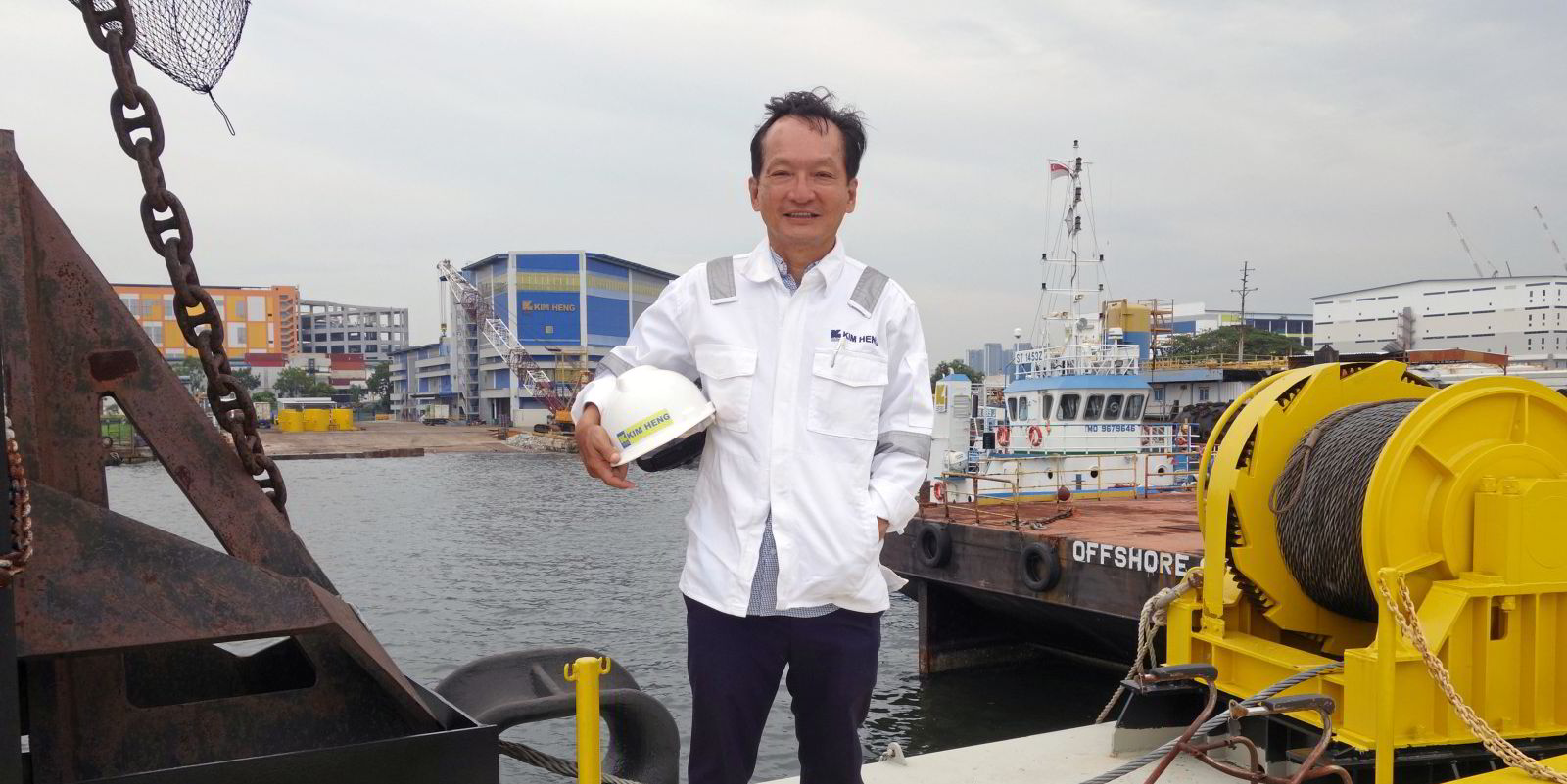Singaporean offshore and marine engineering company Kim Heng reported a profitable first half of its 2022 financial year as it earned a net income of SGD 4.1m ($3m) on revenue of SGD 30.5m.
This significant turnaround from the loss of SGD 3.2m on revenue of SGD 29m in the first half of 2021 was in part attributed to an improved outlook in the oilfield services and marine construction segments.
Kim Heng has been steadily pivoting itself towards the offshore renewables sector since the downturn of the offshore oil and gas sectors, but during the first half of this year revenue from the renewable energy segment plummeted 97% from SGD 8.1m to a mere SGD 300,000 as contracts finished.
The company noted that new offshore windfarm projects secured in Taiwan will commence in the second half of the current financial year.
Revenue in Kim Heng’s vessel chartering segment remained constant when comparing the first half of 2022 with the first half of 2021, the company said.
However, the marine construction segment’s revenue increased by SGD 2.5m or 147%, from SGD 1.7m in the first half of 2021 to SGD 4.2m, mainly due to higher crane and equipment utilisation rates.
Oilfield services revenue increased by SGD 7.3m, or 109%, from SGD 6.8m in the first half of 2021 to SGD 14.1m in the first half of 2022 due to higher material sales and the completion of more projects following the easing of Covid-19 safe management measures.
“We expect the various segments in our group to be able to perform positively due to the gradual reopening of borders worldwide, the tight supply situation of oil and gas and the corresponding higher oil prices, improving outlook for our industries, increasing focus on renewable energy in the region in the foreseeable next 12 months,” the Thomas Tan-led company said.
No dividend was declared or recommended for the reported financial period as the company said it intends to conserve cash for working capital and business expansion purposes.
Kim Heng, together with affiliated Bridgewater Offshore, collectively own and operate 15 anchor handlers and platform supply vessels that are supported by a fleet of tugs, workboats and crane barges.





